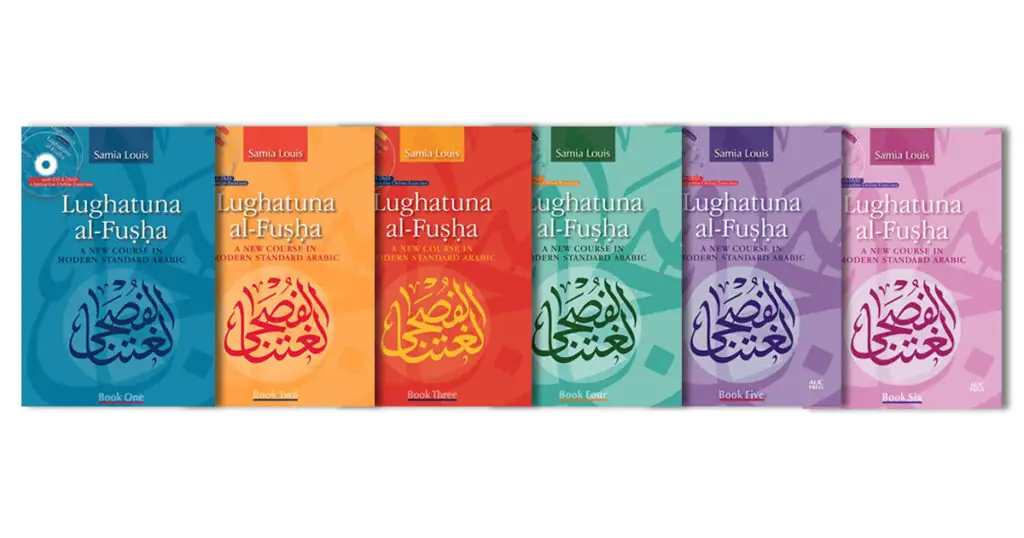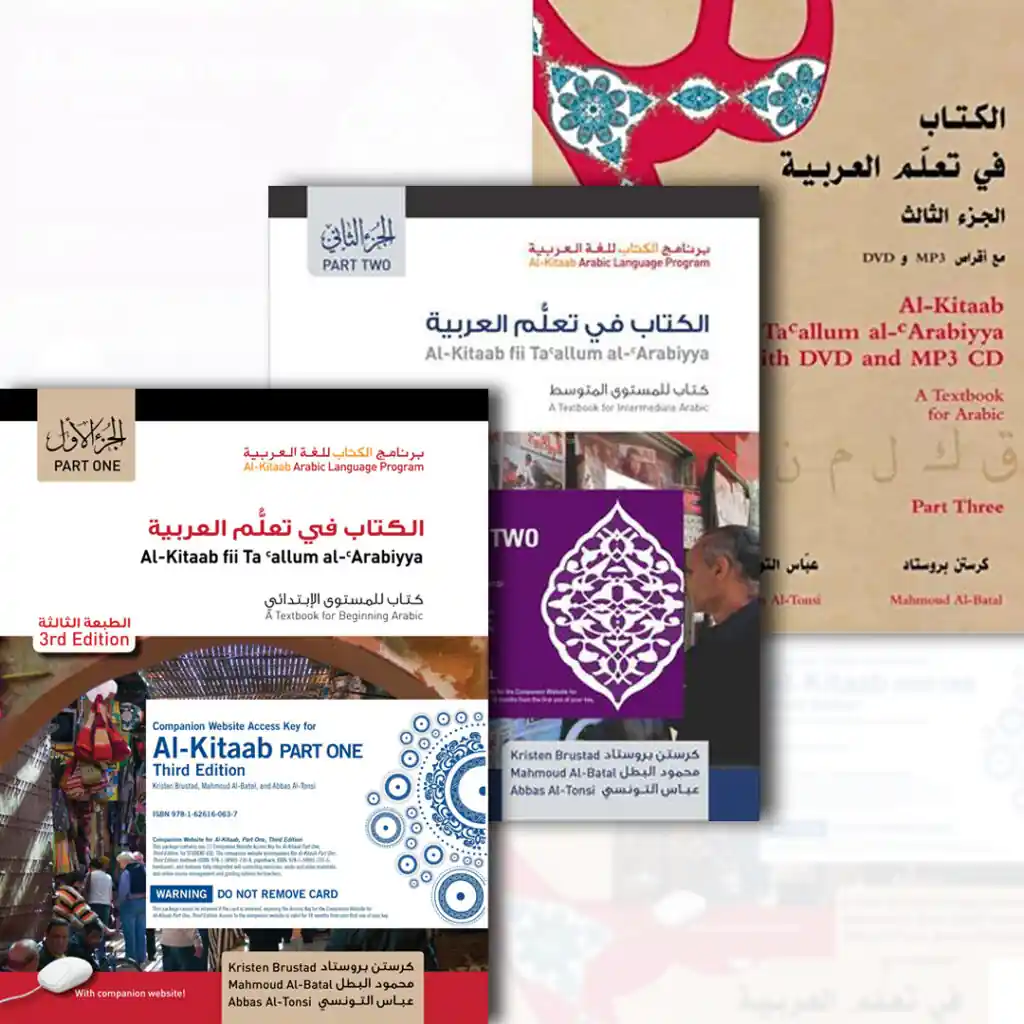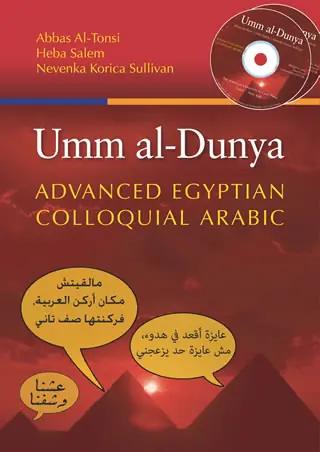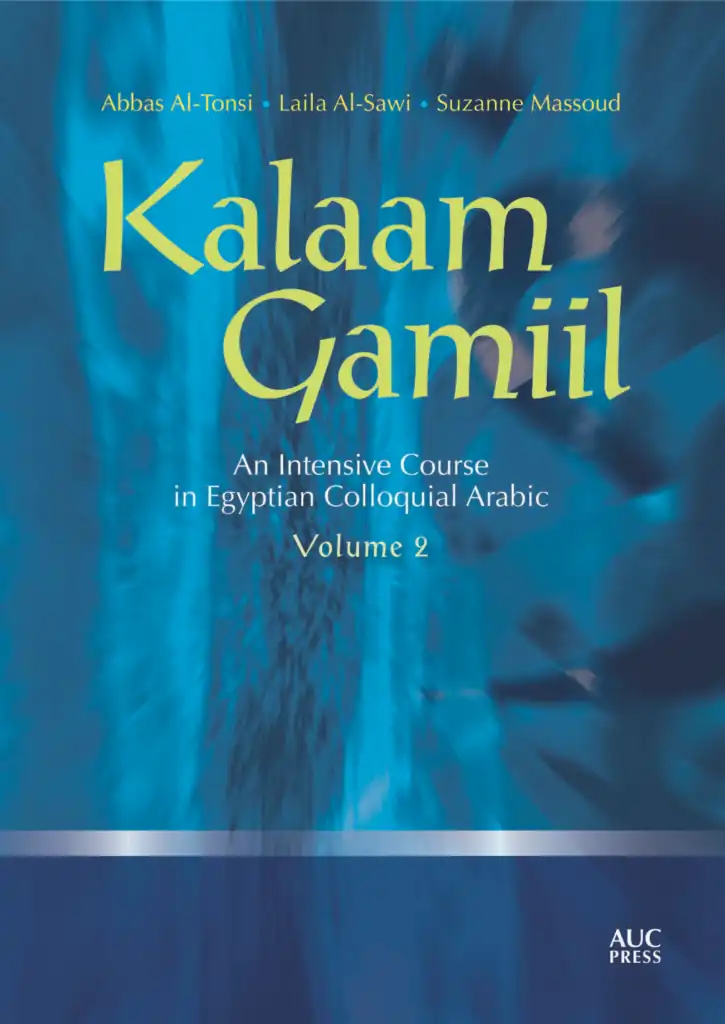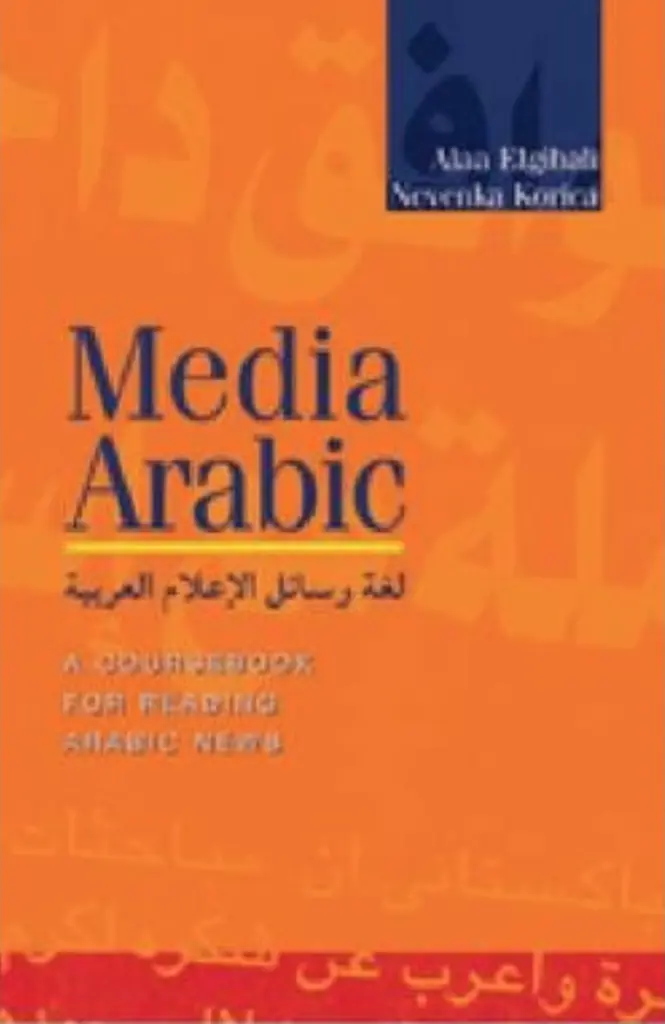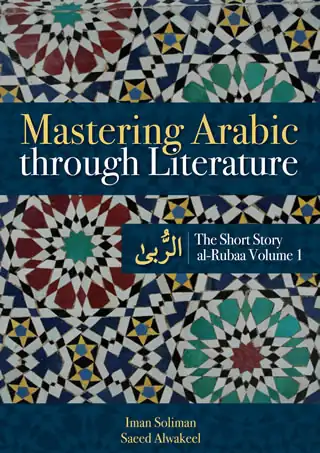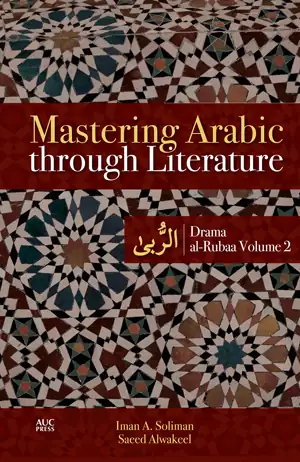“Kallimni Arabi” (A Book in Arabic by Dr. Samia Louis for Teaching Arabic as a Foreign Language)
Kallimni ‘Arabi is part of a planned series of multi-level Egyptian Colloquial Arabic learning books for adults. It combines rich everyday cultural content, comprehensive grammar, and real-life functional language. This book in Arabic is designed according to the guidelines for teaching and learning Arabic of the American Council for Teaching Foreign Languages (ACTFL). Also, it coincides with the Common European Framework. In fact, this series comprises of 5 volumes from the first A levels till the advanced levels C2. Each Part of Kallimni ‘Arabi consists of 10 modules and a revision unit at the end of the five modules. Each module is structured as follows:
Presentation
New language points and vocabulary are presented in context through listening or speaking to highlight the target language form, and how to use it for pronunciation.
Practice
Each presentation is followed by several exercise types which offer controlled and freer activities often involving all four skills.
Real Life
A skill-based section in which the student is exposed to a number of tasks that simulate real-life situations for use of the vocabulary and structure he learned in the module.
Remember
A section providing a quick overview of all the language points taught in each module. Kallimni ‘Arabi also contains the following:
Glossary
The book presents the necessary vocabulary for each function and presentation within each module using illustrations. Also, at the end of the book, a translated glossary of the vocabulary used in each module (in Arabic and English) is provided for easy search for words to use.
CDs or website links for this book in Arabic for the listening parts in the book. Besides, listening texts are recorded as mp3 on a CD for class and personal use. Also, the recorded material includes language presentations, language points, pronunciation drills, and listening activities as well as reading texts. In addition, a variety of native-speaker voices are used to enrich the student’s exposure to spoken language in its natural context.
Listening Texts
The written texts for the listening material are written in Arabic and presented at the back of the book.
Methodology
Each part of the “Kallimni ‘Arabi” Series covers 45- 90 classroom teaching hours. The teacher is free to use the practices under the Real-Life section or under the Remember section according to student needs and classroom time constraints. This book in Arabic is designed in a way to allow the teacher to structure the lessons as needed. However, since the vocabulary and Arabic grammar are used cumulatively throughout the units, it is recommended to follow the sequence in which the lessons are ordered in the book.
Lughatuna-Al-Fusha Series (A Book in Arabic by Dr. Samia Louis for Teaching Arabic as a Foreign Language)
A new series in Modern Standard Arabic. This series includes 6 books covering the whole curriculum of Arabic grammar and many authentic Arabic texts for reading, listening, or watching on DVD or on-line. To clarify, these texts include historical, informative, argumentative, and cultural texts and newspaper texts, in addition to rich Arabic grammar drills, writing and conversation tasks. Moreover, this book in Arabic series is designed according to the guidelines for teaching and learning Arabic of the American Council for Teaching Foreign Languages (ACTFL). The book is widely spread in Europe and the USA and the official Arabic book in schools to teach the Modern standard language in Turkey, it is used as the textbook to teach Arabic in Asia especially in Brunei.
Dr. Samia Louis has been teaching Arabic for over 25 years and she has been teaching all language levels and helping students of different ages, as well as mid and high-level professionals, ambassadors, and businesspeople, master their Arabic language skills.
She studied Arabic grammar and literature and presented papers at language conferences on language methodology. Further, she is the author of five volumes on Colloquial Egyptian Arabic dialect and six books on Modern Standard Arabic. Besides, her “Kallimni ‘Arabi” series, for example, is widely used as a favorite teaching resource by many institutions and teaching professionals. Her tailor-made courses use files, books, and teaching aids to deliver the target language to students. In her free time, she enjoys reading literature, singing classic songs, and giving lectures about women’s rights.
Kalima wa Nagham Series (A Book in Arabic by Prof. Ghazi AbuHakema for Teaching Arabic as a Foreign Language)
The new series aims at:
- Creating material that addresses various proficiency levels. The assessment guiding principles for the series are the 2012 ACTFL Proficiency Guidelines for the different language skills. In fact, The series is being developed considering the four domains that assess language proficiency, including tasks, contexts, accuracy, and text type.
- Increasing cultural competency that enables learners to function effectively and appropriately in the target language. In this regard, the series incorporates ACTFL Culture Proficiency Guidelines designed for Arabic in 2007 by focusing on the various competencies including survival, social and professional. Also, it reinforces speaking styles in familiar and unfamiliar situations. Cultural knowledge in the series entails teaching students about ACTFL’s three Ps: products, practices, and perspectives in the different Arab and Muslim countries. Moreover, the series takes a courageous move towards teaching cultural expressions and popular proverbs (in context) at an early stage even before learners master the alphabet, using expressions and popular proverbs that either have foreign equivalents, are appropriate to the topic under discussion or fit a survival or a social need.
- Presenting to the learners a true image of what the Arabic language really is. This book in Arabic series does not only focus on communication, but it also highlights other aesthetic and literary aspects of Arabic such as the breadth and depth of the vocabulary, literary genres such as short stories, poetry, and rhetorical styles. In so doing, the series attempts to close the gap in the language material that targets heritage students who may have different competencies and levels of proficiency from those of non-heritage learners.
- Drawing on authentic materials that come from different sources and platforms such as newspapers, magazines, short stories, but also from primary sources that have also been unreasonably and unfairly neglected, such as religious texts, including the Qur’an and the Bible.
- Addressing the language reality in Arabic creatively. This book in Arabic series equips learners from day one with some key concepts that help them understand the language reality in the Arabic-speaking countries, and the continuum the different levels of Arabic move along. In fact, dialects in the series are a primary source for understanding the language and the culture, and therefore, they are highlighted where needed in a way that enables learners to avoid misunderstandings and miscommunication with native speakers.
- Striking a balance among the different language skills in teaching and assessment, particularly listening which seems to be considerably marginalized in other teaching materials.
- Teaching Arabic grammar for functional use, following the ACTFL model in presenting grammatical materials at the three different levels: conceptual, partial, and full control. The series attempts to teach the form through language, therefore, addressing the issue of teaching language to teach grammar.
- Adopting current teaching methodologies, mainly music and songs, which is an integral part of every lesson in the series. These tend to represent a wide range of singers that represent many Arab countries and various genres.
- Providing students with a plethora of activities and contexts to practice language, the goal of which is enhancing language proficiency in different situations, events, and settings.
- Adapting to new technological advances by designing the material where it can be easily adapted to the online teaching environment. Also, access to audio and visual material is open and available for every user without restrictions.
- Regarding Arabic as the language of all Arabic-speaking countries, and where it is used for purposes other than speaking and writing. Therefore, the content of the series represents a wider array of countries and cultures: contemporary and modern, popular, classical, conservative and liberal. Kalima Wa Nagham is intended to be one of the best books to learn Arabic and to be a comprehensive model for developing teaching materials for TAFL where learner needs and expectations are met, and where language as a dynamic entity is adequately examined and presented. As for the distribution of the series, it is a three-volume series where the goal of volume I is to take the learner to Novice High/Intermediate Low level, volume II to Intermediate High, and Volume III to Advanced High.
لمة ونغم سلسلة مناطها تطوير الكفاءة من المستوى اللغوية المبتدئ حتى المستوى المتقدم األعلى. تركز على تنمية المهارات والوظائف اللغوية المختلفة عبر أسلوب لولبي يُد ِّور ويعزز تقديم المحتويات والتراكيب اللازمة لكل مستوى. تركز منهجية السلسلة على المهام اللغوية وإغنائها بمحتوى ثقافي مناسب، فالمت علم يتعلم لغته ضمن سياق ثقافي عربي مناسب. تراعي السلسلة غنى اللغة العربية وأهميتها كلغة إرث ثقافي ديني تاريخي. تتسم هذه السلسلة بأنها غير تقليدية في تقديمها للمواد عبر وتركيزها على الخلق اللغوي ضمن المستويات اللغوية المختلفة. تتعامل السلسلة مع العامية كبعد من ابعاد اللغة وتقدمها بطريقة تخدم الوظيفة اللغوية المعمول عليها. من اسمها أيضا، فالسلسلة تتخذ من الموسيقى واألغنية الفصيحة منهجية لتعزير الكفاءة اللغوية بمفرداتها وتراكيبها وقواعدها وثقافته.

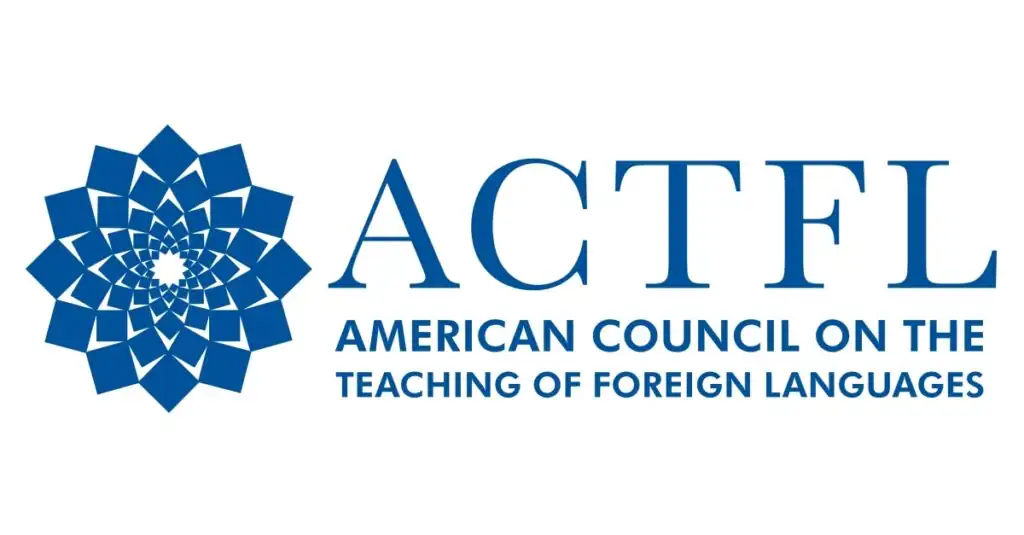
Prof. Ghazi AbuHakema Associate Professor and Director of Asian Studies at the College of Charleston, South Carolina. He earned his Ph.D. in Foreign Language Education specialized in Applied Linguistics from the University of Texas at Austin (UT-Austin.).He taught courses on Arabic language and culture, and Middle Eastern Studies at UT_Austin, Montclair State University, Middlebury College, Hunter College, and National University. In addition, he is an ACTFL (OPI) tester, an ILR tester (Levantine,) a WPT tester, and an ACTFL Assessment of Performance towards Proficiency in Languages (AAPPL.)
He is a trained and certified online instructor Besides, he is the recipient of the College of Charleston’s Excel Teaching Award. Further, he has developed instructional material for the National Language Resource Center at the University of Maryland, Concordia Language Villages, and the Language Resource Center, Augusta, Georgia.
He is the co-author of “Kilima Wa Nagham: A Text for teaching Arabic,” a book in Arabic series that will be published by the University of Texas Press. He wrote the Arabic placement test at Montclair State and the reading component of the Arabic Language placement test at Middlebury College. Moreover, he reviewed the Defence Language Proficiency Test 5 (DLPT5) in reading and listening.
Furthermore, he designed online Arabic language courses for National University. Also, he has published on heritage learners, corpus linguistics, discourse analysis, and the linguistic and sociolinguistic aspects of historical primary sources.
His publications appeared in Al-Arabiyya journal of the National Council of Less Commonly Taught Languages (JNCOLCTL,) The Internet Journal of Language, Culture and Discourse, and Journal of Eastern African Studies. In addition, he has reviewed manuscripts for Routledge and Yale University Press. Also, he is a basic reviewer for Foreign Language Annals.


